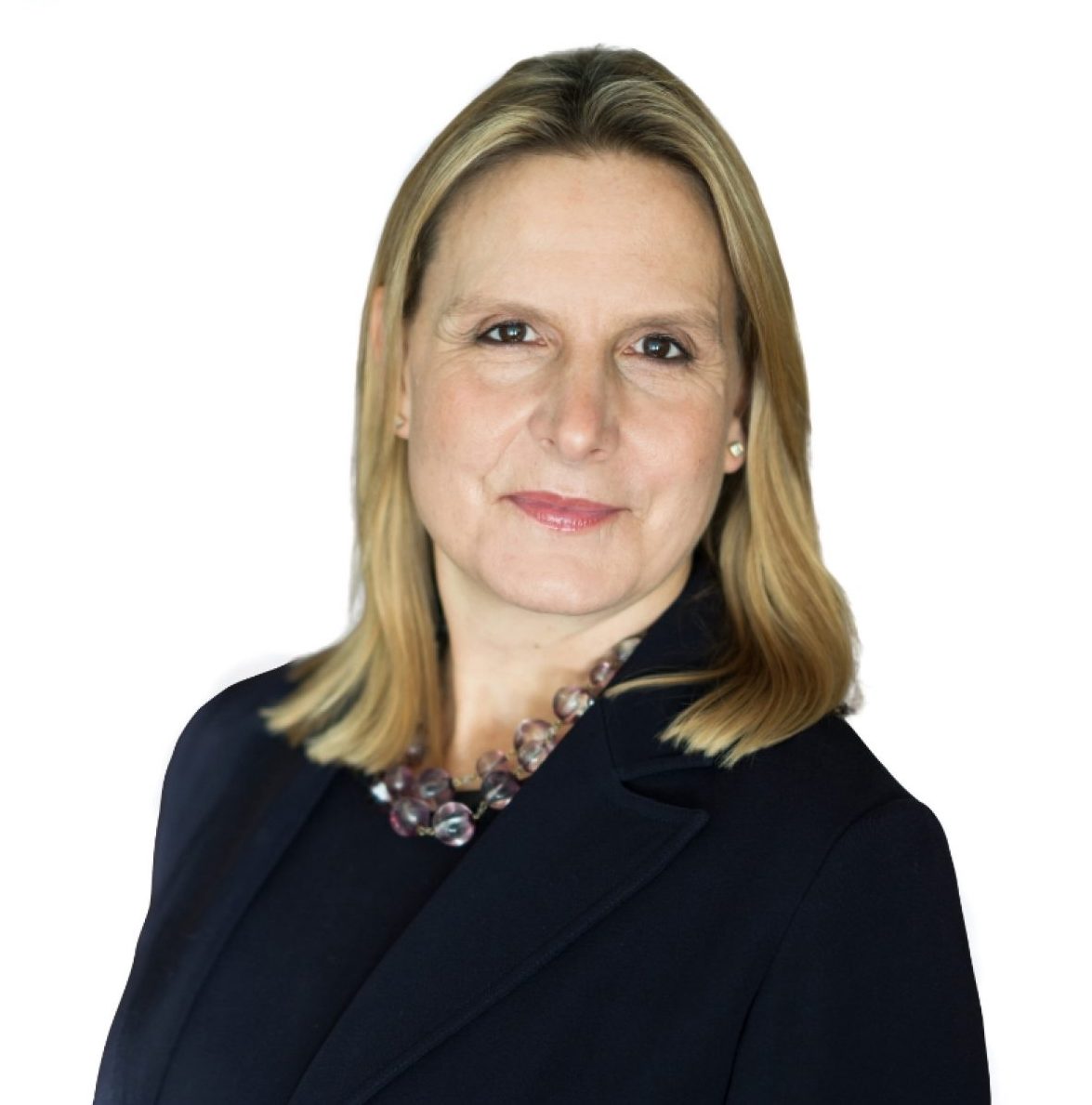
B2B marketers are often accused of a lack of ambition when it comes to building brands. Not Brigitte Trafford. The chief corporate affairs and marketing officer for the London Stock Exchange Group (LSEG) has just briefed one of the world’s most heavily awarded creative advertising agencies on a campaign to relaunch the LSEG brand – and she’s pulling no punches about what the objectives for that brand should be.
“We had a competitive pitch for the new brand campaign and I’m very excited that we’re working with Droga5,” she says. “I gave them a very clear brief that I don’t just want this campaign to do well in the B2B financial services category. I want it to stand out in any category – B2B or B2C.
“I gave them a very clear brief that I don’t just want this campaign to do well in the B2B financial services category. I want it to stand out in any category – B2B or B2C.
“Our brand isn’t just a logo. It’s what people think and feel when they mention our company’s name. It’s our licence to operate. Brand is phenomenally important regardless of what sector you’re in because, at the end of the day, brands are what people buy.”
Trafford’s conviction about the power of brands in B2B is helping to drive LSEG’s marketing strategy forward at a crucial time for the organisation, which began with 18th century stockbrokers seeking alternatives to local coffee houses as a place to trade. She joined in September 2020, three months before the conclusion of one of the most important deals in LSEG’s history. The purchase of Refinitiv, a global leader in providing financial markets data and infrastructure, capped a period of rapid, acquisition-fuelled growth for the group, which has led to it ranking in the top 15 companies on its own FTSE100 exchange.
It has also created a complex brand challenge.
From a house of brands to a branded house
“The upside is that it’s enabled us to scale really quickly, but the downside is that we’ve now got more than 20 separate brands, marks and products, and no sense that they’re part of one family,” says Trafford. “We started to think about how we can simplify and make sense of this, both for our existing and potential customers and for our existing and potential employees.”
Trafford and her team opted to transform their house of distinct brands (such as Refinitiv, FTSE Russell and the London Clearing House) into a branded house. By tweaking the centuries-old London Stock Exchange logo and combining it with Refinitiv’s distinctive, electric blue colour scheme, she’s created a set of brand codes that feel fresh yet familiar – and brings obvious advantages when applied to LSEG’s different properties.
“I was expecting a certain amount of backlash from our employees when we revealed the new branding, but we found that people can’t wait to have the power of the LSEG brand as their calling card,” she says. “In fact, the pressure we’re under is to deliver the new brand architecture as quickly as possible. In the past, we’ve done lots of marketing at the product and sub-brand level, but it’s really exciting to be able to invest budget in telling the LSEG brand story for the first time.”
Besides the re-imagined visual elements, that brand story will involve a clear sense of purpose. It’s an element that Trafford considers essential for engaging any audience in the post-pandemic era – and an element that she has more than a marketing perspective on, given her parallel role as chair of the LSEG Foundation.
“We’re a global, multi-asset class company and we make a lot of choices every day,” she says. “If you’re not being guided by your purpose, it’s easy to get lost: Is this driving financial stability? Is it empowering economies or helping to create sustainable growth for our customers?
“The LSEG Foundation shows that our employees want to work for an organisation that gives back, and that doesn’t just apply to Gen Z. As you get older, you’re aware of the clock ticking and you want to use your time to make a difference.”
Brand stories that make things happen
A purposeful brand doesn’t just motivate employees and support LSEG’s dealings with regulators. It’s also helping to establish an operating philosophy – and the experience that partners can expect in their dealings with the group.
“Our brand speaks to our open philosophy and operating model,” says Trafford. “We inspire trust by giving customers choice about where in the value chain they want to work with us, and not locking them into an end-to-end service. That’s a brand story that we have to keep telling as we bring new capabilities into our stable.”
The style in which LSEG tells its story will vary with the wide range of solutions and buyer journeys that it caters to. “You should always start with the customer and work back from what they value and what shifts the dial for them,” says Trafford. “We’ve got very different businesses that need different approaches and we’re working on using data to be more sophisticated in how we market and communicate. Brands, like people, can have several dimensions to their character. We’re developing technology to analyse the type of emotional connection we want to establish with different audiences.”
What’s true across all of those audiences, though, is the impact a purposeful brand can have in helping to make things happen. “We recently announced a long-term strategic partnership deal with Microsoft that will help to accelerate our strategy for the data and analytics part of our business and helps to raise the profile of LSEG and our reputation,” says Trafford. “We’re able to do deals like that because of who we are, what we do and what we stand for. That’s the power of the LSEG brand.”
Check out the LinkedIn Collective curated by B2B marketing experts for more insights on the world of work.










